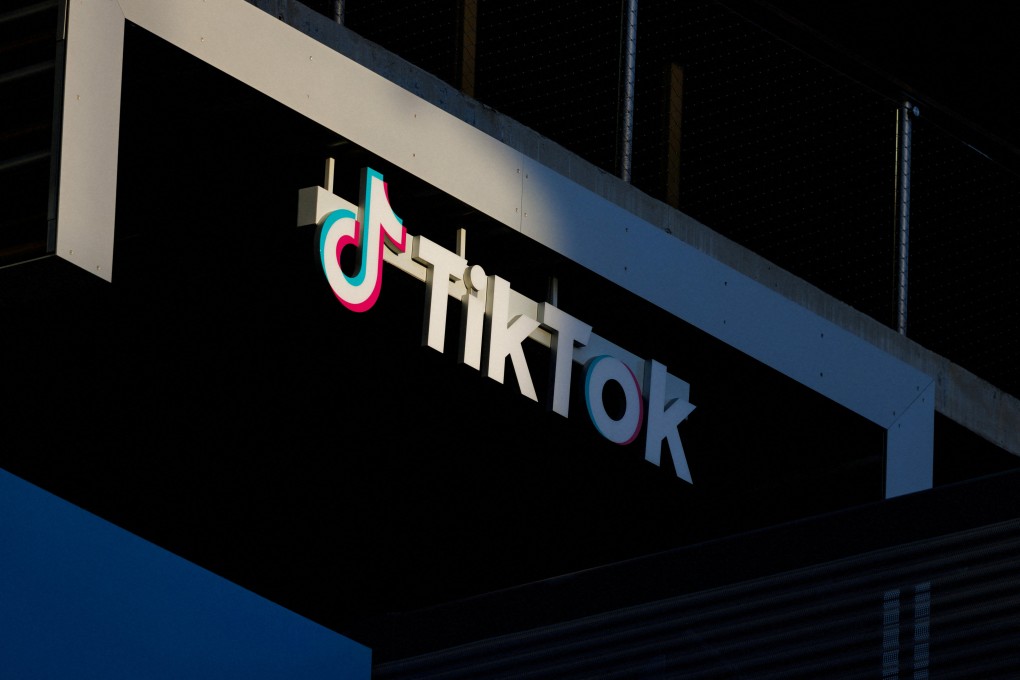
The world of NFTs (Non-Fungible Tokens) has skyrocketed in popularity over recent years, with digital creators, artists, musicians, and even meme-makers turning their work into unique digital assets. These assets are stored on the blockchain, offering verifiable ownership and the potential to earn profit. If you're considering creating and selling your own NFTs, this guide will walk you through the basics and provide steps to get started.
NFTs are unique digital tokens that represent ownership of a specific item or piece of content, stored securely on a blockchain (usually Ethereum ). Unlike cryptocurrencies like Bitcoin or Ethereum, which are fungible (interchangeable and identical in value), NFTs are one-of-a-kind or limited in number. This uniqueness makes them ideal for digital art, music, video clips, and collectibles, as each NFT is distinct and cannot be duplicated.
The first step in creating your NFT is to choose the platform and blockchain you want to use. Ethereum is currently the most popular blockchain for NFTs due to its wide adoption and robust support for smart contracts. However, alternatives like Binance Smart Chain, Flow, and Tezos are also gaining traction, offering lower transaction fees and faster processing times.
Popular NFT platforms to consider: OpenSea : Known as one of the largest marketplaces, offering a user-friendly interface for creating, buying, and selling NFTs. Rarible : Allows users to mint and trade NFTs, with community-driven features. Foundation : Aimed at artists, it offers a selective platform for high-quality art.
Mintable : Known for easy-to-use minting tools, even for beginners. To create and trade NFTs, you'll need a digital wallet compatible with the blockchain you chose. MetaMask, a popular Ethereum wallet, integrates well with most NFT marketplaces.
Other popular wallets include Trust Wallet, Coinbase Wallet, and MyEtherWallet. Once you’ve chosen your wallet , add funds (ETH if using Ethereum) to cover transaction or gas fees. These fees fluctuate based on network demand, so check current prices to avoid overspending.
The content of your NFT could be digital art, music, GIFs, videos, 3D models, or any digital item. However, it is essential to ensure your work is unique or limited edition to attract buyers. Design the Asset : Use software like Photoshop, Blender, or Procreate for visual art, or GarageBand and FL Studio for music.
Format the File : Ensure your file is in a format accepted by your chosen platform (JPEG, PNG, MP4, MP3, etc.). Finalize Details : Consider how you want to differentiate this NFT — whether by limiting the number of copies or adding extra content for future buyers.
Minting is the process of turning your digital file into an NFT by creating a unique, unchangeable record of ownership on the blockchain. Upload Your File : Go to the platform, sign in with your wallet, and follow the prompts to upload your digital file. Set Properties and Details : Give your NFT a title, description, and any other details, such as properties or unlockable content (like a high-resolution version or exclusive access).
Choose Supply and Royalties : Decide how many copies you want and set a royalty percentage for future resales. Royalties provide passive income, earning a small percentage each time your NFT is resold. After you have filled in these details, click on the Create or Mint button to finalize the NFT.
This process requires a gas fee, which varies based on blockchain congestion. Once minted, your NFT will be available in your profile, but you still need to list it for sale. Platforms offer different listing types: Fixed Price : Set a specific price, and it is sold on a first-come, first-served basis.
Auction : Allows potential buyers to bid on your NFT, potentially increasing its sale price over time. Open Offers : Accept offers from buyers without setting a fixed price. Creating the NFT is just one part of the process; marketing is essential to reach potential buyers.
Utilize social media platforms, join NFT communities on Discord and Twitter, and engage with collectors on platforms like Clubhouse. Building a personal brand and connecting with others in the NFT space can also boost your visibility. Once sold, you’ll receive the payment directly into your wallet.
Since NFTs exist on the blockchain, each transaction is transparent and secure. Remember, as an NFT creator , you will continue to earn royalties every time your NFT changes hands, which can provide long-term passive income..














